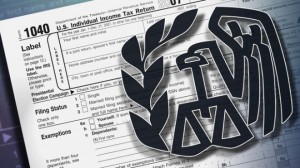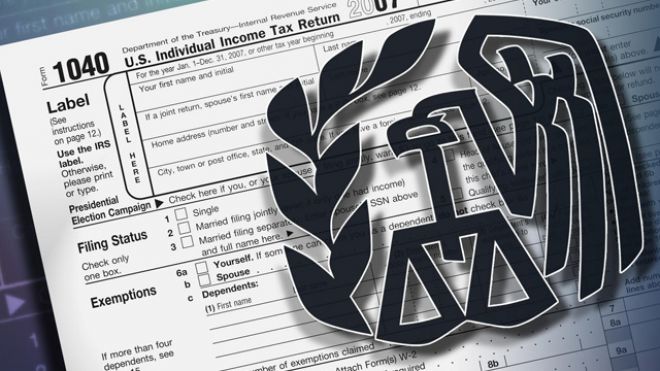 The holidays are a busy season for small business owners—and that’s a good thing—but they still need to take the time to do some tax planning so they are ready to meet the tax man in the spring.
The holidays are a busy season for small business owners—and that’s a good thing—but they still need to take the time to do some tax planning so they are ready to meet the tax man in the spring.
Here are five tips to help you close out your small business for the year:
Review subcontractor data. If you paid anyone for services (including incorporated attorneys) more than $600 during the year, you will be required to send a Form 1099 to the recipient by Jan. 31, 2014. Make sure you have your subcontractor’s complete address and either their Social Security number or federal ID number. To prevent problems in obtaining this information in the future, be sure to send each new independent contractor Form W9 upon hiring.
If you use QuickBooks for bookkeeping, set up automatic 1099 creation by going to the top ruler bar and selecting ‘Edit’ then ‘Preferences’ then ‘Tax: 1099.’ Follow the instruction in the pop up box to map the accounts that you must track for 1099 purposes.
Then in the ‘Vendor section’ you can fill in the federal ID numbers or Social Security numbers for the appropriate vendors that are required to receive Form 1099. Double click on the vendor in question and then click on the ‘Additional Information’ tab. In the bottom left corner is a box to check to indicate the vendor is a 1099 recipient. Another box contains a field to complete the vendor’s federal ID number or social security number.
From ‘Reports’ on the top ruler bar, select ‘Vendors’ and run a 1099 detail report to check which vendors have incomplete data. Then contact the vendor to obtain his/her address and ID number
Submit expense account data. If your legal form is corporate, you and your employees should submit expense account data and accept a reimbursement check prior to Dec. 31 to ensure that the corporation will receive a tax deduction for the business expenses being claimed. It’s easy to create an expense account form on a spreadsheet program. The form can be completed monthly or quarterly and make sure receipts are attached in the event of audit.
Evaluate your financial standing. Review your profit and loss, balance sheet, and general ledger for accuracy and to ensure that all transactions have been recorded. Make sure the bank and credit card accounts have been reconciled and that loan interest has been separated from the principal and is accurately logged onto your books. Check the accuracy of accounts receivable and accounts payable. Write off bad debt for customers who are uncollectable.
Review personal expenses. If your business entity is a sole proprietorship or partnership, then review your personal expenses. Are any business expenses co-mingled? If so, find the receipts or cancelled checks and log in those expenses to your company’s books. More taxpayers pay extra taxes needlessly because they overlook business expenses paid from personal funds.
Read more: 5 Tips to Getting Ready for Year End














Leave A Comment